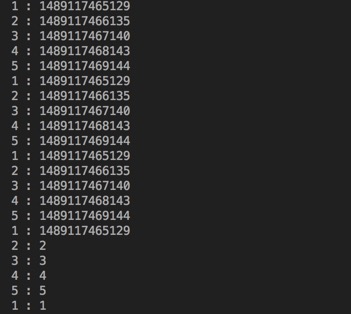深入理解并解决Java中的序列化和反序列化问题
在Java中,序列化和反序列化是两个重要的概念,主要用于对象的持久化存储和恢复。
序列化:
- 简单来说,就是将对象的状态转换为字节流的过程。
- 在Java中,使用
ObjectOutputStream进行序列化。例如:
import java.io.*;class SerializableExample {private String name;public SerializableExample(String name) {this.name = name;}// getters and setters}public class Main {public void main(String[] args) {SerializableExample example = new SerializableExample("John Doe");try (ObjectOutputStream oos = new ObjectOutputStream(new FileOutputStream("example.ser")))) {oos.writeObject(example);} catch (IOException e) {e.printStackTrace();}// 进行反序列化try (ObjectInputStream ois = new ObjectInputStream(new FileInputStream("example.ser"))))) {SerializableExample recoveredExample = (SerializableExample) ois.readObject();System.out.println(recoveredExample.getName()); // 输出:John Doe} catch (IOException | ClassNotFoundException e) {e.printStackTrace();}}}
反序列化:
- 反过来说,就是将字节流中的状态恢复为对象的过程。
- 在Java中,使用
ObjectInputStream进行反序列化。例如:
// ... 从文件读取已序列化的字节流 ...// 进行反序列化try (ObjectInputStream ois = new ObjectInputStream(new ByteArrayInputStream(serializedExample.getBytes()))))) {SerializableExample recoveredExample = (SerializableExample) ois.readObject();System.out.println(recoveredExample.getName()); // 输出:John Doe} catch (IOException | ClassNotFoundException e) {e.printStackTrace();}
总结来说,序列化是将对象状态保存到字节流中,反序列化则是恢复该字节流中的状态为一个对象。
































还没有评论,来说两句吧...